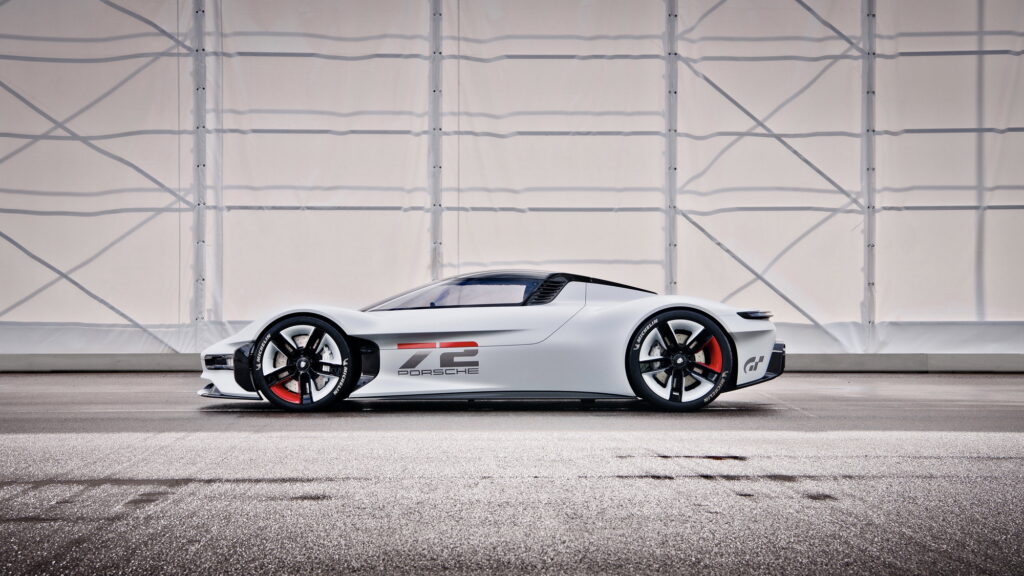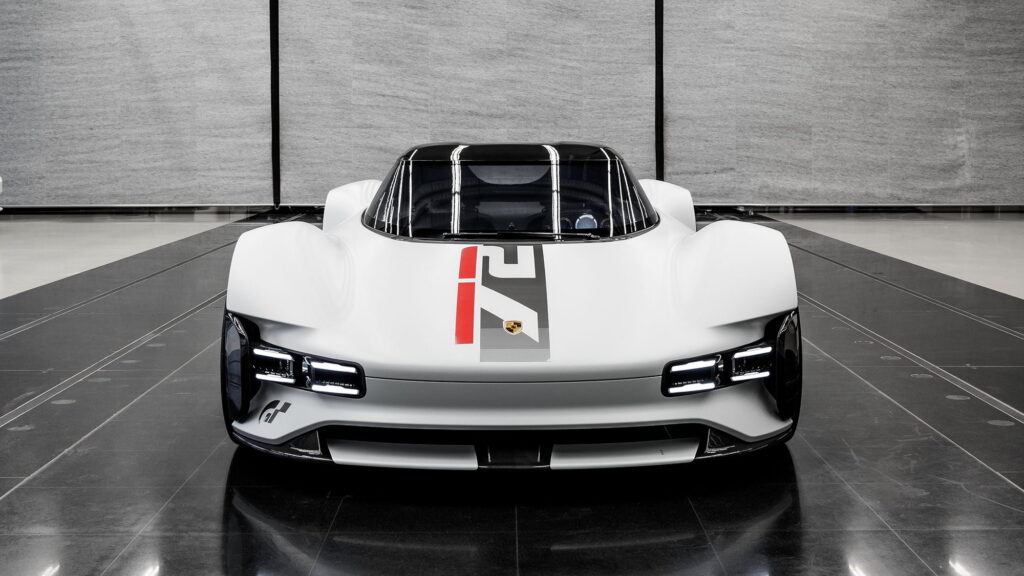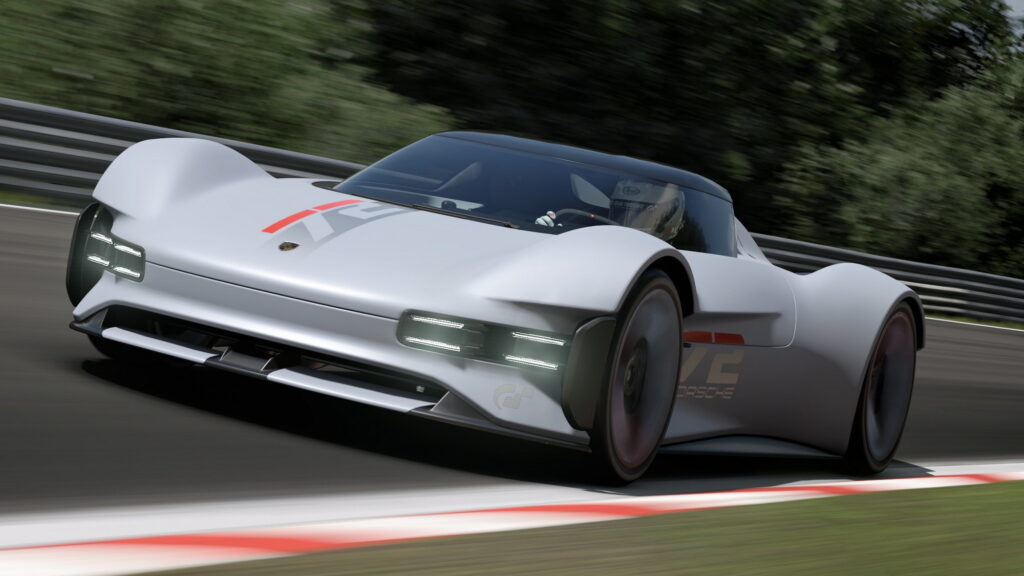Porsche is working with a partner to develop new battery cells that will go into its next hypercar, but the technology is still years away from being ready, according to Michael Steiner, the company’s head of research and development.
“We are in the middle of developing our own [next-gen battery] cell,” Steiner told Motor Trend recently. “With [our subsidiary] company, Cellforce Group, we have samples [of such batteries] in the same size cells we use for the existing Taycan. So it’s not just a research thing, it’s real.”
Steiner said that it expects to know what these cells will be capable of in the context of a production vehicle within the next two years. Porsche will then have to develop the technology further to get it ready to go into the highest-performance variants of its existing models.
Read: Porsche CEO Confirms New Hypercar Is Coming, Won’t Arrive Until After 2025

“And when we are good enough in terms of volumetric energy density – really important for supercars – then there might be a chance to show what could be done on the road with, let me say, close to racing [performance],” said Steiner. “So I have [a car like that] in mind, we have that in mind, but we need some additional improvement [on the tech side] from our point of view that makes sense.”
Although Porsche has previously said that it would be ready with a followup for the 918 Spyder in 2025, Steiner said that the company hasn’t yet started developing such a car. As such, it will take another two to three years, on top of the battery development time, to get the car ready for full production.
Although it is clear that the hypercar will be powered by batteries, Steiner did not clarify if it will go all-electric, or if it will add an engine to make it a hybrid, like the 963 racecar that is going to Le Mans this summer.
In December, Porsche CEO Oliver Blume confirmed that the automaker has every intention of making a followup to the 918 Spyder, and he said that the model will showcase “cutting edge” technology. At the time, he said that the car wouldn’t be ready until at least 2025, and now it seems that the timeline is closer to 2027.





